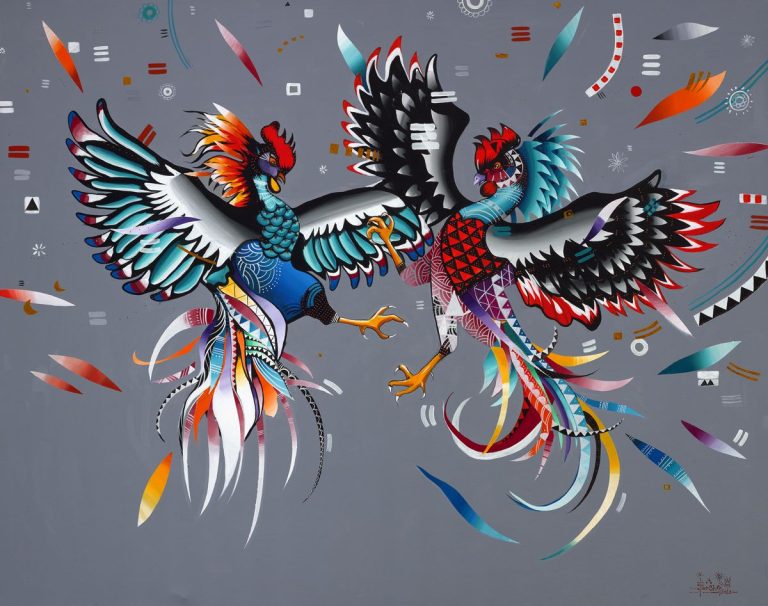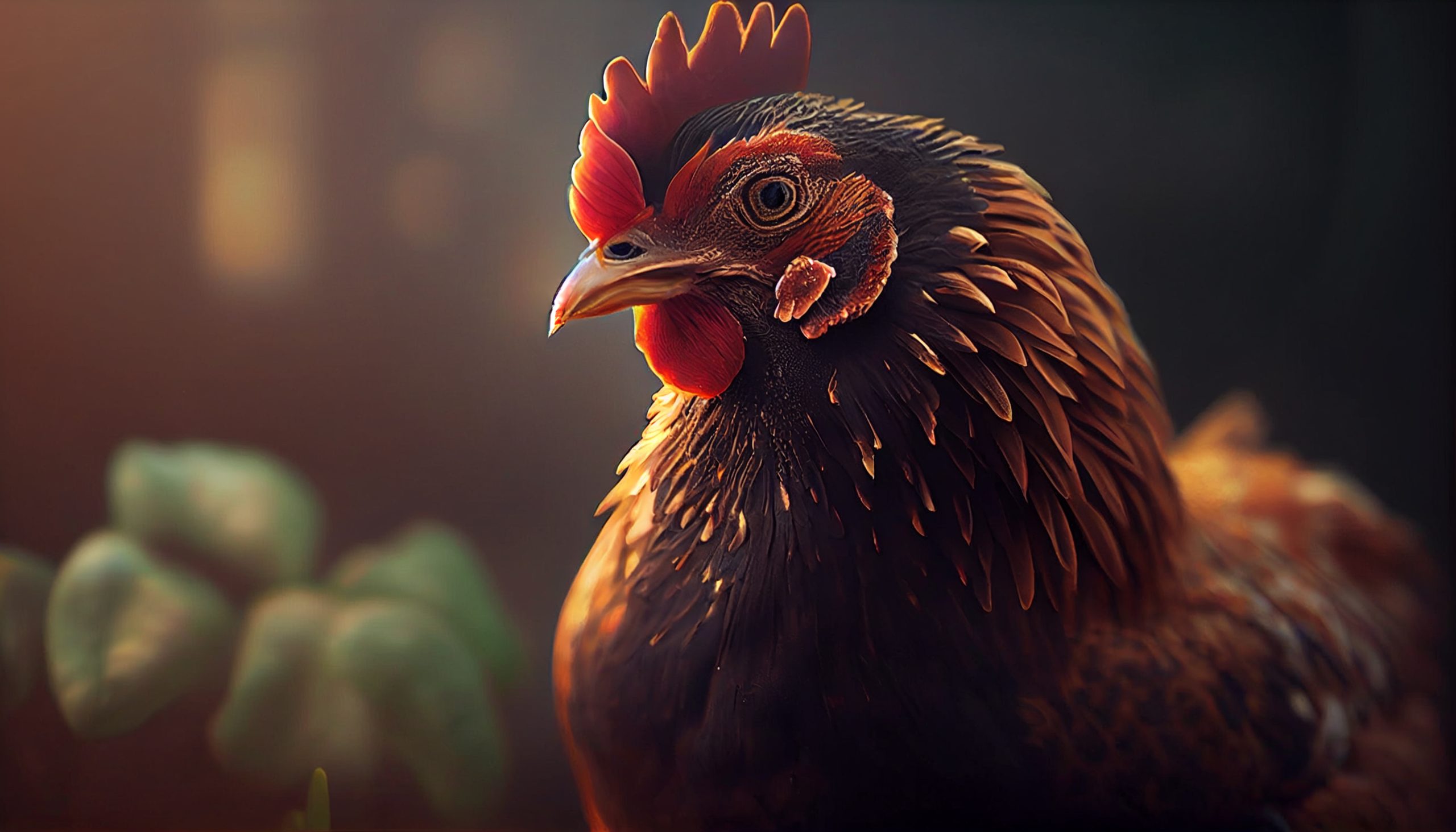The State of Sabong in the Philippines: Tradition, Controversy, and Evolution
The State of Sabong in the Philippines: Tradition, Controversy, and Evolution

Sabong, commonly known as cockfighting, is a deeply rooted tradition in the Philippines that has been both celebrated and controversial for centuries. For many Filipinos, it represents not only a beloved pastime but also a significant aspect of their cultural heritage. However, as the country evolves and modernizes, the status of sabong is undergoing significant changes, prompting debates about its legality, ethics, and future.
Historical Perspective
Sabong has been practiced in the Philippines long before the Spanish colonization, making it one of the oldest traditions in the country. It is deeply ingrained in Filipino culture, with countless enthusiasts participating in sabong events across the nation. Historically, sabong was more than just a form of entertainment; it was a way for communities to come together, socialize, and celebrate their shared heritage.
The Evolution of Sabong
Over the years, sabong has evolved from its traditional roots. While it remains a beloved pastime for many, it has also become a highly commercialized industry. Cockfighting arenas, known as “sabungan” or “cockpits,” can be found throughout the Philippines. These arenas host organized cockfights, complete with elaborate betting systems, professional breeders, and high-stakes competitions.
Legal Status
The legal status of sabong has been a subject of debate for decades. The Philippines is one of the few countries in the world where cockfighting is legal. The government regulates the industry through the Philippine Amusement and Gaming Corporation (PAGCOR), ensuring that it operates within established guidelines.
However, despite its legal status, sabong remains controversial. Animal rights activists argue that it promotes cruelty and suffering for the animals involved. They point to the physical harm inflicted on the roosters during fights and the inhumane living conditions many birds endure.
Ethical Dilemmas
The ethical dilemmas surrounding sabong have led to ongoing discussions about its future. On one hand, proponents argue that sabong is deeply ingrained in Filipino culture and should be preserved as a tradition. They emphasize the role it plays in the economy, providing livelihoods for breeders, trainers, and cockpit personnel.
On the other hand, opponents argue that tradition should not be used as an excuse for cruelty. They call for stricter regulations to ensure the humane treatment of the animals involved. Some activists even push for an outright ban on cockfighting, aligning with international trends against animal cruelty.
Modernization and Commercialization
Sabong is not immune to the forces of modernization and commercialization. In recent years, there has been a growing interest in improving the sport’s image. Some cockfighting enthusiasts are working to promote a more humane approach, including better living conditions for the birds and more responsible breeding practices.
Furthermore, technological advancements have brought changes to sabong. Online betting platforms and live streaming of fights have increased the sport’s accessibility and popularity, reaching a wider audience than ever before.
Conclusion
The status of sabong in the Philippines remains a complex and evolving issue. Rooted in tradition, it has been an integral part of Filipino culture for centuries. However, its legality and ethical implications continue to spark debate. The future of sabong may depend on finding a balance between preserving tradition and addressing concerns about animal welfare and ethics. As the Philippines continues to develop, the status of sabong will undoubtedly evolve further, reflecting the changing values and attitudes of Filipino society.
- Author
- September 11, 2023
- 7:43 am
- No Comments

